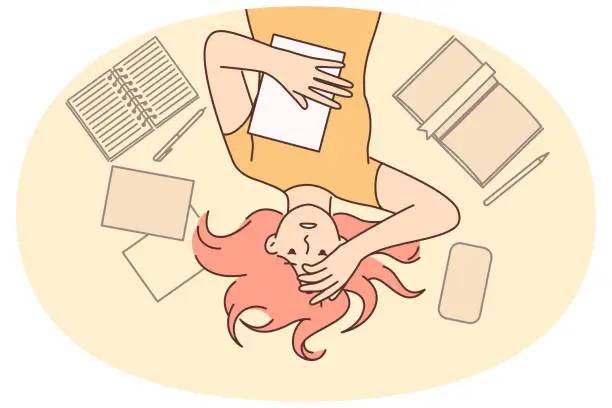In the realm of artistic creation, the process is often romanticized as a spontaneous eruption of inspiration, a lightning strike of genius that transforms blank canvases into masterpieces. However, the reality of art-making is often more nuanced, involving a complex interplay of conscious and unconscious processes. Not all art-making is about making marks on paper; it's about the mental journey that precedes the physical act.
The incubation period, a concept borrowed from the field of psychology, refers to a period during which a problem is set aside, allowing the mind to unconsciously work on it. This phase is crucial in the creative process, as it allows ideas to ferment, connections to be made, and insights to emerge. When an artist allows an idea to incubate, the result is often stronger than if forced into existence. The unconscious mind, with its vast network of associations and insights, can weave together disparate elements into a coherent whole, leading to innovative and impactful creations.
Creativity, as many psychologists and artists alike have observed, often occurs unconsciously. It is not merely a product of deliberate thought but emerges when the fermentation process finishes. This unconscious aspect of creativity is what allows artists to transcend the limitations of their immediate environment and experiences, tapping into universal themes and emotions. The result is art that resonates with audiences on a deep, often inexplicable level.
However, the incubation process does not mean that artists sit idle, waiting for inspiration to strike. On the contrary, a realistic deadline or appointment can serve as a catalyst, jumpstarting a conceptual idea into existence. Deadlines impose a structure on the creative process, forcing artists to confront their ideas and bring them to fruition. This structured approach can be particularly beneficial for those who struggle with procrastination or feel overwhelmed by the vastness of the creative possibilities.
Moreover, deadlines can also serve as a form of external accountability, pushing artists to refine their ideas and produce work that meets certain standards. This is not to say that all art should be produced under the pressure of deadlines; rather, it suggests that deadlines, when used judiciously, can be a powerful tool in the artist's arsenal.
In conclusion, the process of art-making is a complex interplay of conscious and unconscious processes. While the act of making marks on paper is visible, it is the invisible work of incubation and unconscious creativity that truly fuels the artistic endeavor. By understanding and harnessing these processes, artists can enhance the depth and impact of their work, creating art that not only pleases the eye but also touches the soul.



发表评论 取消回复